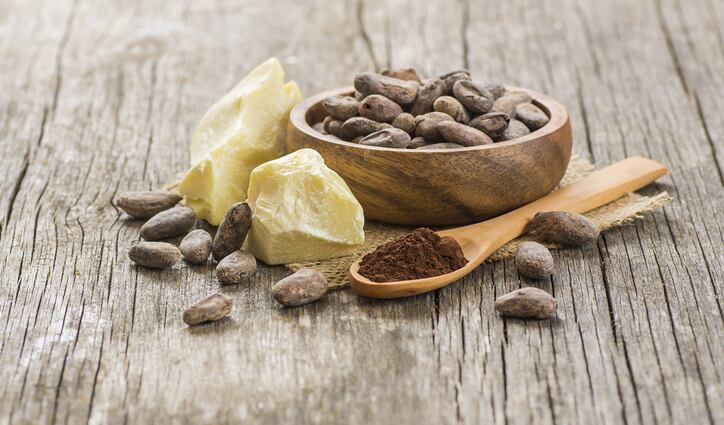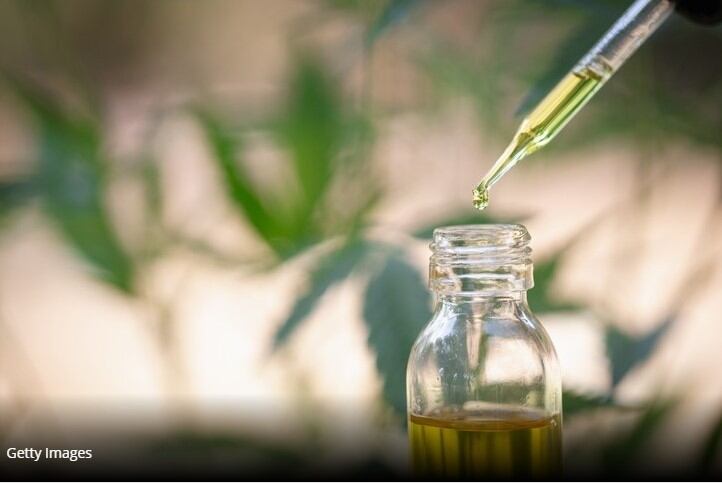The research was conducted by researchers from The University of Melbourne and Bangladesh Council of Scientific and Industrial Research. Findings were published in the Journal of Food Science.
At the moment, the most commonly used encapsulant materials are either purely carbohydrate or protein based.
Cocoa powder, on the other hand, consists of about 55 to 58 per cent of carbohydrates, 20 per cent of protein, and about 14 per cent of lipids.
“This means it provides excellent replacement to the purely carbohydrate or protein based encapsulants.
“For carbohydrate or protein based encapsulants, they are hydrophilic, and we sometimes need to add in the hydrophobic lipids to do the encapsulation,” one of the researchers, Dr Said Ajlouni from the School of Agriculture and Food, Faculty of Veterinary and Agricultural Sciences at the University of Melbourne, told NutraIngredients-Asia.
They then conducted a study to find out to what extent cocoa powder could act as an effective encapsulant for probiotics.
Successfully doing so could serve two purposes.
“First, you can maintain large count of the lactic acid bacteria in the chocolate, secondly, it is a cheaper process as compared to for example, using pectin to encapsulate the probiotics and then add them to chocolate.”
Moreover, cocoa powder is a good source of phytosterol and delivering it with probiotics can help the body absorb these nutrients better, he explained.
“It has been well-documented that phytosterols in chocolates are poorly absorbed in the intestines when we consume chocolates.
“But when they pass into the large colon, with the action of the microbiota, they can be fermented and bring more health benefits.
“This is because as we digest the chocolate, the encapsulated lactic acid bacteria will pass through the stomach into the gut and they start to carry their actions in the gut.”
During the study, the researchers used the freeze-dried technique to encapsulate the probiotics.
“Although freeze-drying is a little bit more expensive, in terms of quality and safety, it is the best, because with freeze-drying, there is no heat treatment involved.”
The cocoa powder and probiotics mixture were frozen at minus 24 degree before it was put into the freeze dryer.
Encapsulation efficiency
A two-stage encapsulation efficiency test was conducted: after encapsulation and before digestion, and after subjecting the cocoa powder encapsulated probiotics to artificial digestion.
“Our results showed encapsulation efficiency as high as 96 per cent before digestion, which is very promising,” Dr Ajlouni said.
Findings showed that the count in chocolate containing free probiotic culture showed a significant reduction of 6.0 logs CFU/g when exposed to simulated gastric juice for two hours.
In contrast, chocolate fortified with encapsulated probiotic revealed on average only 2.5 logs reduction during the artificial gastrointestinal digestion.
“Cocoa powder serves as a buffer to protect the probiotics in low pH gastric environment.
“Even though all LAB are in general very acid tolerant, if they are not encapsulated, they cannot survive such low pH, when we protect them with cocoa powder and sodium alginate, they become more resistant and they can pass into the colon and act in the colon.”
Bio-accessibility study
A bio-accessibility study was also conducted to find out the changes in the probiotic count as the cocoa powder encapsulating the probiotics was pass through the mouth, stomach, and the intestines in artificial digestion.
“The study is to examine changes in the count of these microorganisms and along with the total plate count and the microbiota count at all stages of digestion.”
Findings showed that the cocoa powder encapsulated probiotics’ survivability was around 8 logs CFU/g during the gastrointestinal digestion stage and the number went up to over 10.5 logs CFU/g during the colonic fermentation stage.
Upcoming plans
The next step of this research project is to conduct a human clinical trial.
“We are planning to run a trial and test it using a human being, run sensory tests and collect some data to find out how will consumers feel about these immune products which contain lactic acid bacteria encapsulated in the cocoa powder itself.
“We also want to estimate the survivability and function of the lactic acid bacteria when they reached the gut.”
This will be studied by measuring the total polyphenol content, antioxidant activities, and the production of short-chain fatty acids.
“Cocoa and chocolate in generally has been shown so far to be a good supporter to the growth and survivability of the microbiota in the gut in general.”
Source: Journal of Food Science
Impact of encapsulating probiotics with cocoa powder on the viability of probiotics during chocolate processing, storage, and in vitro gastrointestinal digestion
DOI: 10.1111/1750-3841.15695
Authors: Hossain MN, Ranadheera CS, Fang Z, Ajlouni S.





